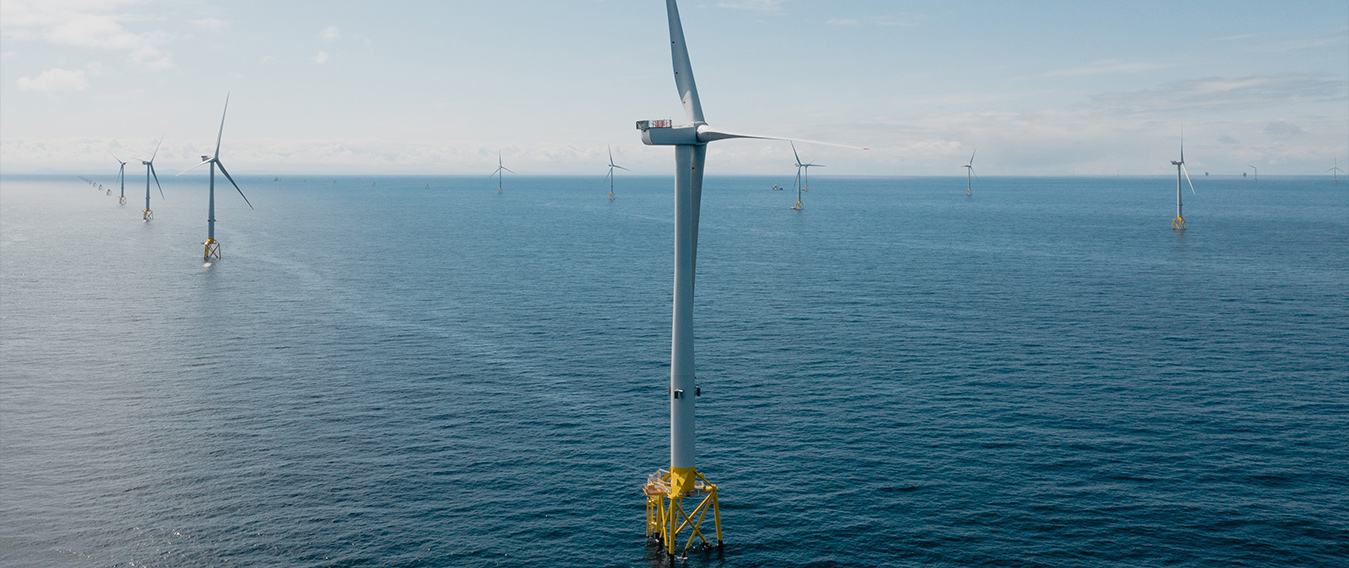The massive oscillation in energy prices in many EU countries should have some influence on the current negotiations for annual coil supply contracts for next year, Kallanish notes.
Following a historic peak in August, prices for electricity and gas in Germany had come down by October to levels seen back in January – the time when most annual contracts for 2022 were signed. Hence, October would have been the ideal time for negotiating parties in the upcoming talks, as it simplified the basis of comparison, one German consultant remarks. At that time, however, distributors’ inventories were still too saturated to think of replenishing.
Meanwhile, energy prices have surged again and buyers may need to prepare for higher steel prices if mills are successful in handing down the cost. And it seems they are, as spot prices appear to have bottomed out and are set to increase.
According to the consultant, talks are in full swing “with widely diverging ideas on pricing”. He adds: “Serious offers from the mills came in only in very late November or the first week of December.” He says mills are meanwhile basing their argumentation on last January’s contracts, then at around €1,000/tonne for hot rolled coil.
A Dutch service centre manager sees “offered [contract] base prices are at least around €850/t”, and that this figure is likely to go up. The impression is confirmed by other observers, with one proposing that €50/t more should be possible if sentiment keeps brightening, as it seems to be doing at the moment.
The gap could be even wider, the German consultant finds. After talking to various buyers, he sees a gap of €120-180/t between figures currently circulating, and still wider, if set against the spot market for comparison. HRC spot market quotes at below €650 are diminishing, with quotes inching towards €680 heard more often now.
According to a Dutch service centre manager, mills “do stand somewhat stronger now in their negotiating position”. He notes that delivery times have stretched until the end of February or first half of March 2023, and that the automotive supply chain has recovered noticeably. “Daily prices are now rising,” he says, and notes that “we think it is realistic to expect a rising trend in current steel prices for the foreseeable future.”
Christian Koehl Germany






